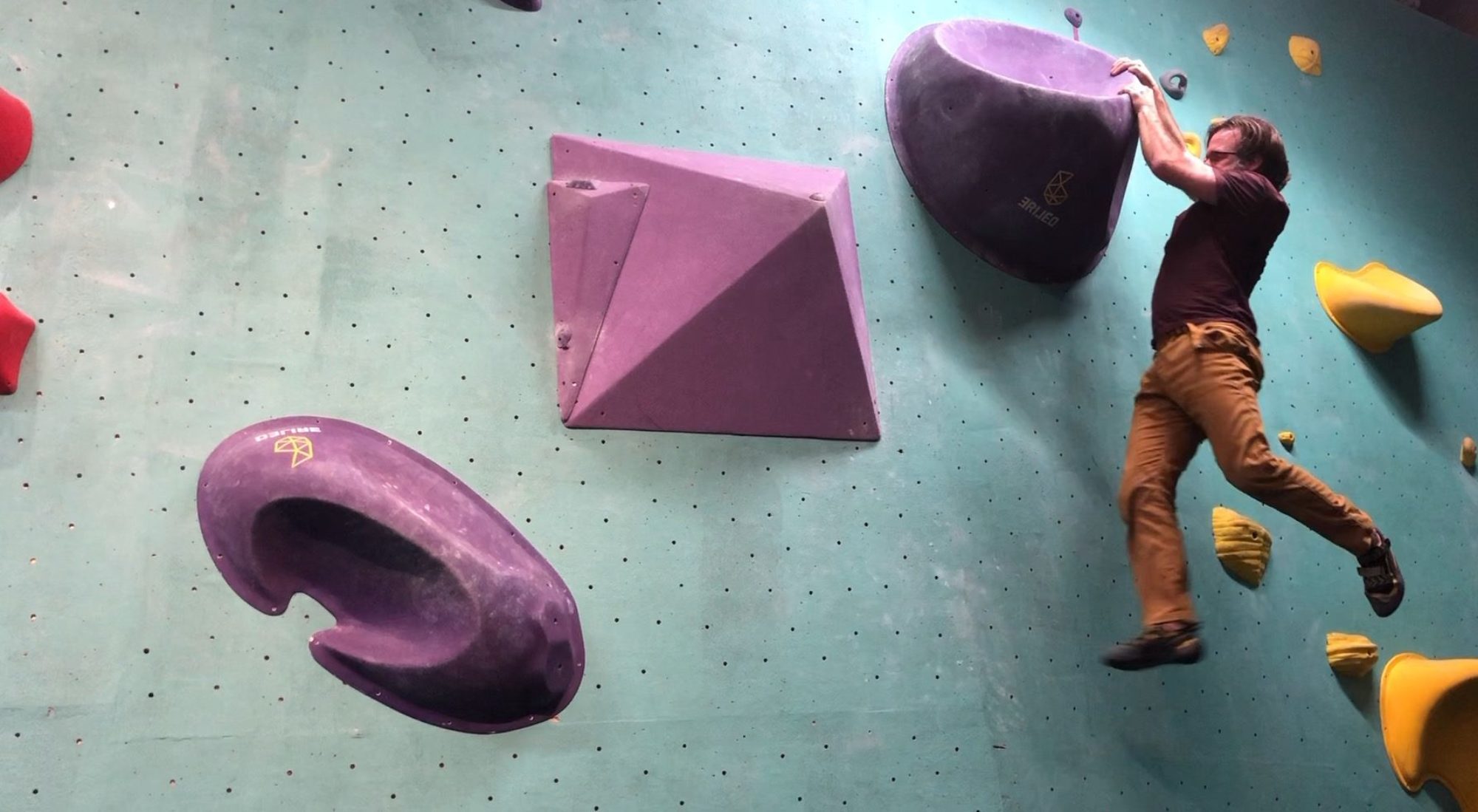 I believe that the skill of healthy natural movement enables us to be strong and helpful in the world. To be of service to others. This is a mindset that flips the current fitness culture on it’s head. Too many “fitness” programs revolve around vanity rather than function. If our fitness is primarily designed around selfies and looking fit and strong, chances are, it will lack depth and function. It is possible to have the outside look of being strong and fit, but beneath the surface lack competent function.
I believe that the skill of healthy natural movement enables us to be strong and helpful in the world. To be of service to others. This is a mindset that flips the current fitness culture on it’s head. Too many “fitness” programs revolve around vanity rather than function. If our fitness is primarily designed around selfies and looking fit and strong, chances are, it will lack depth and function. It is possible to have the outside look of being strong and fit, but beneath the surface lack competent function.
Looking good is great, but being strong to be helpful has more impact (and is more sustainable). Fitness in our culture has become too contained, too artificial–we want to be fit so that we can feel good in the gym environment. But the true fitness necessary in the real world doesn’t exist in a gym. If my neighbors or family need me to be there for safety or support, I want to be able and capable to really serve them. Pushing a car, getting someone to safety who has fallen on the trail, saving someone from a fire, running to catch a child who is in danger–these are the real moments that our fitness is truly tested.
Our current fitness culture focuses on conditioning–high intensity workouts to burn calories and promote weight loss, with very little focus on quality movement or skill. That approach may lead to a quick fix, but it will also most likely lead to injury that will sabotage the hard work you’ve done.
Movement is Function
Movement Therapy, on the other hand, focuses on a concept of movement restoration and exploration. We start with a movement assessment to see where your movement is limited; and then using MovNat principles, develop solid skill and form with a strong emphasis on quality. We move on to conditioning only once we’ve established solid skill and good form.
Are you ready to be more than an appearance of just fit? And instead become strong to be helpful? It is time to train so that your movement is function. I can show you how.













 Jumping is a powerful exercise with many great benefits. However, your jumping is only as good as your ability to land efficiently.
Jumping is a powerful exercise with many great benefits. However, your jumping is only as good as your ability to land efficiently.

